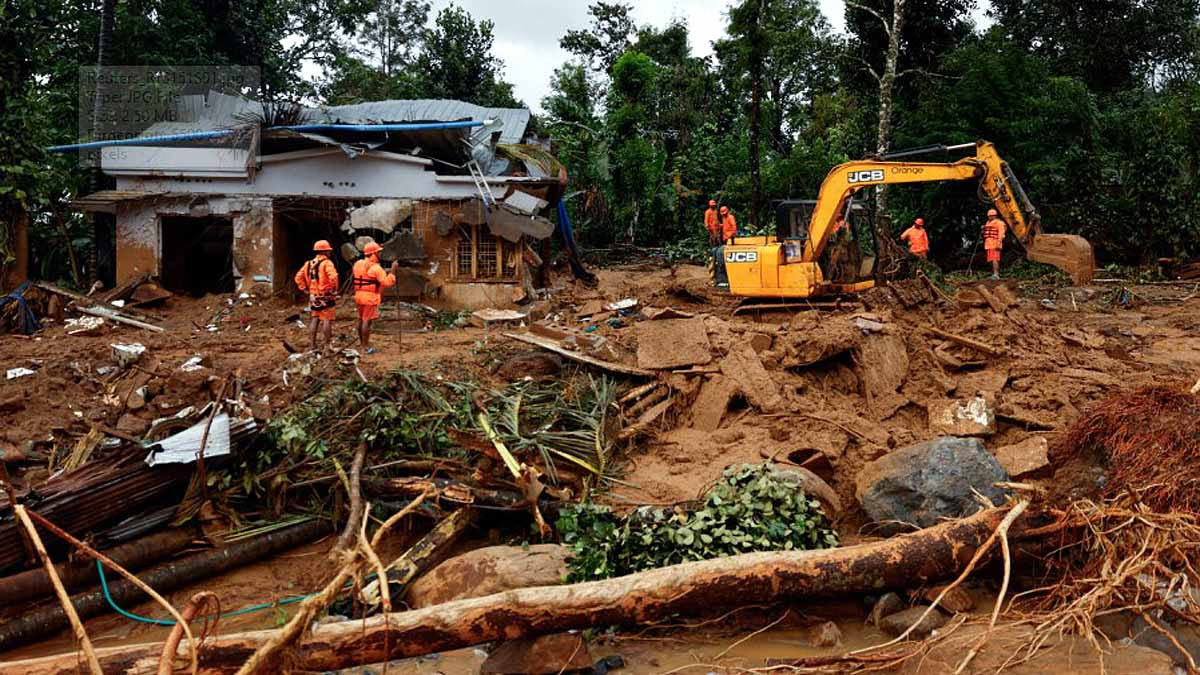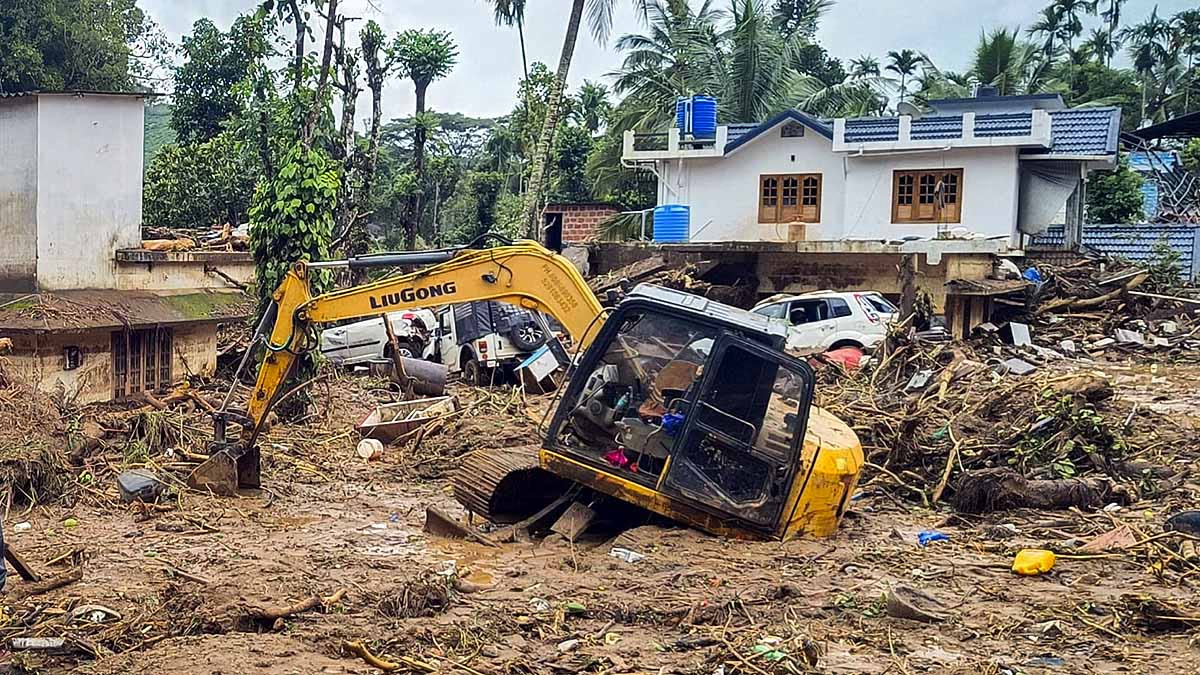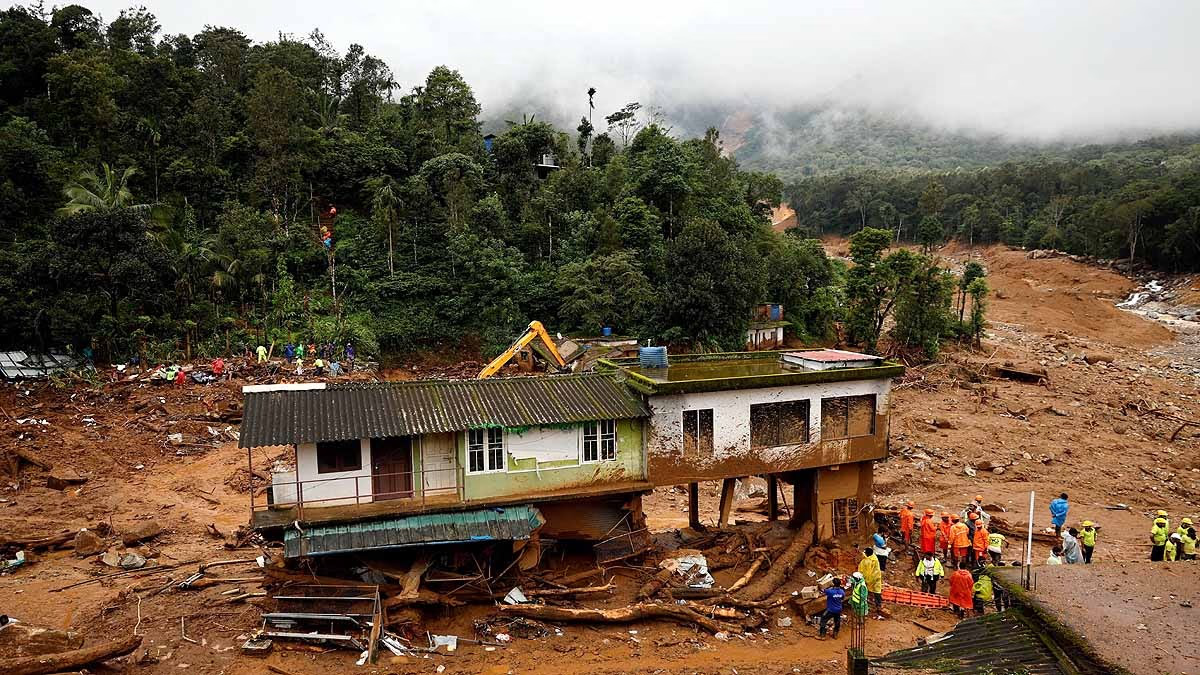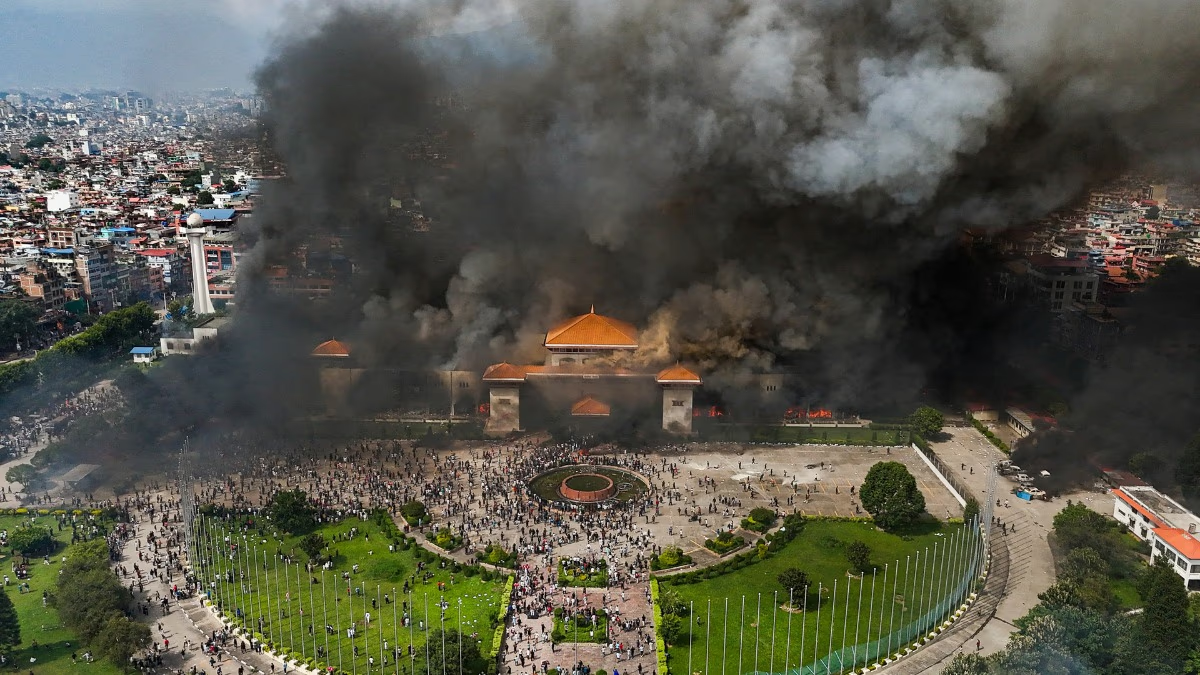People of India have collectively caused a climate change that has resulted in a 10% increase in the intensity of rainfall. This has led to a landslide in Wayanad, Kerala, taking the lives of over 350 people. This revelation comes from an international team of scientists.
The landslide in Wayanad on July 30, 2024, was the worst disaster since 2018. The last major disaster claimed over 400 lives due to floods. This study was conducted by the World Weather Attribution Group (WWAG). According to their findings, the rainfall preceding the Wayanad disaster was 10% more intense due to climate change.
Read More:

Source: aajtak
The Chief Minister of the state, Pinarayi Vijayan, blamed the disaster on intense rain. He reported that the affected area received 23 inches (572 millimeters) of rainfall within 48 hours, whereas they had forecasted only 8 inches (204 millimeters). This means the actual rainfall was double the predicted amount, but the rain itself is not to blame.
Given the rising global temperatures, Wayanad-like incidents will become more frequent
With the rate at which fossil fuels are being burned in India and around the world, the Earth is expected to warm by 2 degrees Celsius very soon. This would make incidents like the Wayanad landslide 4% more dangerous. A 4% increase in rainfall intensity is significant. This scenario would resemble catastrophic events such as cloudbursts in Kedarnath or Himachal Pradesh.
Read More:

Source: aajtak
Humans are solely responsible for such disasters
Human activities have increased carbon emissions, leading to climate change. This affects the timing, duration, and intensity of rainfall, increasing incidents of landslides. Deforestation, mining, haphazard construction, and uncontrolled tourism overload mountains and high-altitude terrains, contributing to climate change.
Landslide incidents are rapidly increasing in India
Landslide incidents are on the rise in India, posing a new disaster threat. Rainfall is increasing in mountainous and plateau areas, which will exacerbate landslides. Previously, in May-June, Asia witnessed a severe heatwave, another consequence of climate change.




